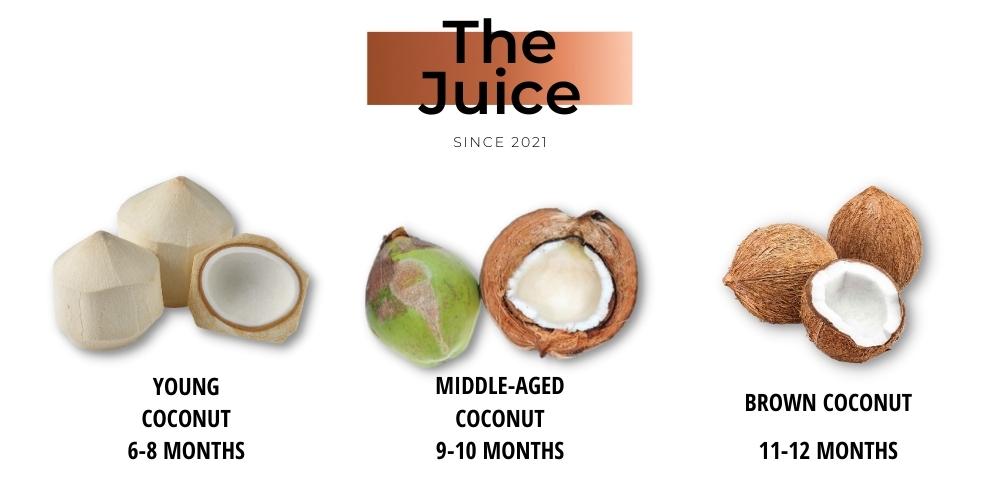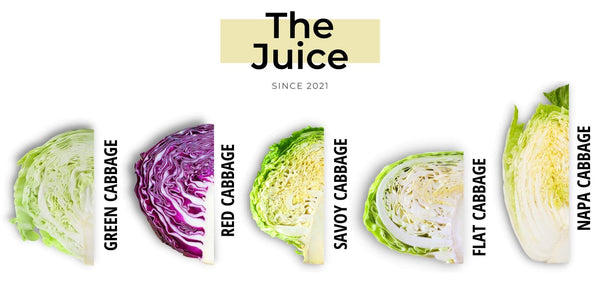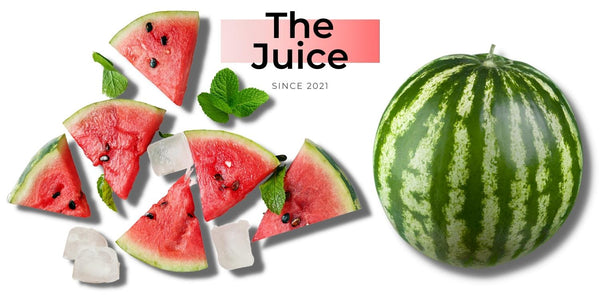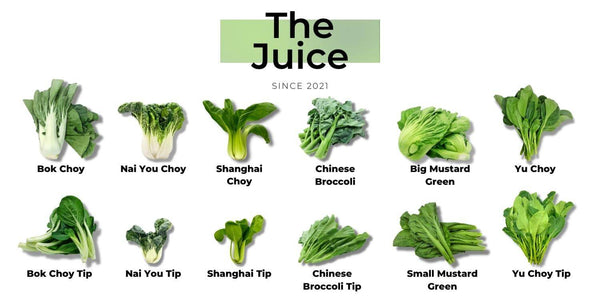There are three types of coconuts, young, middle-aged, and brown coconuts. All coconuts are the same, but the important difference is their age. These three stages coconuts are harvested at their different stages of ripening. Beginning from a flower, a coconut takes 11-12 months to completely ripen, resulting in a brown coconut. A young coconut is harvested before it is fully ripened with a green husk. Whereas middle-aged coconut/rubber meat coconuts are harvested between the young and brown coconuts.
Coconuts are packed with nutrients are packed with essential nutrients and have some health benefits. Coconut water is a great source of electrolytes: sodium, magnesium, potassium, and calcium. Electrolytes benefit the body in many ways, such as regulating muscle contractions and balancing pH levels to name a few. Coconut meat especially older coconuts are dense in calories, fats, and protein with even more electrolytes per gram of meat compared to coconut water. An average young coconut contains roughly 325 ml of coconut water with little underdeveloped coconut meat. Typically young coconut water is about 54 calories, and the meat is about 140 calories. An average brown coconut contains less coconut water mainly prized for its meat that's rich, nutrient-dense, and high in calories and fats. 45g of brown coconut meat contains roughly 160 calories, 1.5g of protein, 6.8g of carbohydrates, and 15.1g of fat.
Young Coconut

Young coconuts can be distinguished from their small size as well as their green husk. They are typically husked with thin jelly-like meat and plentiful coconut water. They are 6-8 months old leaving behind a whole coconut shell you can easily identify in supermarkets or fruit vendors. Since young coconuts are mainly for drinking their water, they are often consumed alone, in beverages, or used in deserts. Young coconut water is highly refreshing, full of antioxidants, hydrating, and a great source of electrolytes. Coconut water may also help improve metabolic syndrome, which is a group of conditions that increase the risk of heart disease, stroke, and diabetes. The conditions are high blood pressure, blood sugar, triglyceride, and high LDL (bad) cholesterol levels, as well as low HDL (good) cholesterol and excess belly fat.
A recipe idea for you all to try out is a pomegranate coconut mojito punch for 12:
- 1/2 cup fresh mint
- 4 limes, sliced
- 1/2 cup sugar
- 1/2 cup pomegranate seeds, divided
- 32 oz coconut water
- 2 cups white rum
- 3 cups Pomegranate Italian Soda
- mint sprig and lime wedges for garnish
Middle-Age Coconut

The middle-aged coconuts ripening stage are between young coconut and brown coconut. They are 9-10 months old and these coconuts are slightly larger and develop a slightly harder and thicker coconut shell and meat. These coconuts retain most of the water they had during their young stage, with the bonus of being sweeter than young coconuts. It is uncommon for supermarkets or fruit vendors to sell middle-aged coconuts. Since middle age coconuts have more time to ripen compared to young coconuts, their coconut meat retains its jelly-like texture and is thicker. Thus, this age of coconut is preferred if you want more soft and silky coconut meat. Coconut meat now has more nutrients than young coconut meat, but less than brown coconut. At this stage, it has more meaningful amounts of fats, carbs, sugars, protein, potassium, manganese, and selenium. This type of coconut is a middle ground between a young coconut and a brown coconut, with plentiful coconut juice and with a moderate thickness of coconut meat. This coconut can also be used in the same ways as a young coconut.
Brown Coconut












